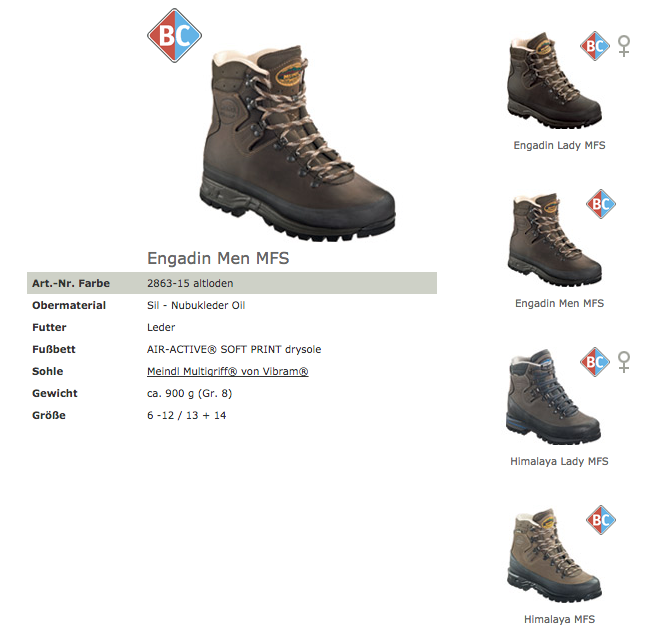Last year I wrote about my experience of
Meindl Boots. I also outlined why I have no issue with the weight of leather boots despite the online mantra from lightweight footwear evangelicals of
one pound on your foot equates to 5 pounds on your back. Walking boots are clearly a personal choice and one that seems to depend on a number of factors: personality, physiology, philosophical outlook, appetite for comfort, gear durability, preferred walking speed, climate, path quality, terrain traversed ...
A year on from those posts and time for an update.
 |
| Boot line up July 2015 |
Dovre Extreme GTX boots
The boots have met all my of expectations for cool weather comfort, sole rigidity, waterproofness, ankle support etc. The stiffer sole has been a revelation for the ease of traversing across or contouring sloping ground and the band of rand has provided protection to the leather from sharp and abrasive rocks. An extended trip to the NW Highlands in Dec 2015 witnessed 8 days of 'weather' including two named storms and excursions were constrained to saturated often pathless lower elevations in terrain best described as rugged. A
wild camping trip in late July and the Dovres were worn as the ground was saturated, streams in spate and temperatures not even reaching double figures. The only problem with the Dovre boots, aside from taking an age to lace up and unlace, is the Gore Tex lining in warmer weather.
 |
| Protective rand on Dovre and Engadin boots |
The hype of Gore Tex
My faith in marketing claims for outdoor gear is fairly low, online anecdotes even lower and I prefer to trust opinions of real people I meet on my wanders and my own personal experiences. The Gore Tex lining in the Dovre boots made walking in warmer weather distinctly uncomfortable and unpleasant: hot, sweaty, wet feet. Years ago I discovered the breathability claims of Gore Tex jackets to be risible in the humidity of the British climate and a similar abject performance can now be extended to Gore Tex boot liners.
I have no idea if the Gore Tex lining in the boot has proved durable, as with extremely low expectations of Gore Tex I have kept the leather well waxed to ensure waterproofing.
Engadin Boots
I was suitably impressed with the rigidity of the Meindl BC rated sole and the relative ease of walking across more challenging terrain. I was also conscious that the tread on two older pairs of Borneo's (one pair over a decade old the other getting on for 5 years old) were well worn in comparison with the tread depth on the Dovre boots. I decided a warm weather boot with a stiffer sole would be very desirable.
 |
Screen shot from www.meindl.de
|
The current Meindl UK website is really poor in conveying information, so a search on Meindl's German website and I eventually found what I wanted a boot named the Engadin:
- Leather boot
- No Gore Tex lining
- Memory foam system
- BC rated sole
- Protective rand band
- Air active
- Vibram multi grip sole
A quick call to my local independent outdoor shop and I enquired that if the Engadin's were the same wide fit as the Borneo and Dovre boots, I would order a pair. They were and I ordered a pair that took a fortnight to arrive from the continent.
So far the Engadin boots have been perfect as a replacement leather boot to the Borneos, with the advantage of the protective rand, stiffer sole and COOL feet again in warmer weather. A recent trip to Scotland was a case in point where both the Dovere and Engadin boots were packed, an unanticipated change from the NW Highlands to the Cairngorms meant only the Engadin's were worn. Warm temperatures, terrain mostly underlain by granite bedrock and geologically young superficial deposits derived from granite, meant the Dovre boots were not required. The Engadine boots were also taken to the NW Highlands in December 2015 and not worn, whilst on a trip to Gairloch/Toridon in October 2015 both boots were worn depending on the temperature and anticipated wetness of terrain.
Ye olde faithful Borneo'
s
Are still worn for walks in the local woodlands and countryside. A pair is left in the car boot just in case I should forget to pack boots for a trip, once bitten twice shy ...
 |
Boot line up July 2016
From R to L : Engadin, Dovre, Borneo x 2 |













